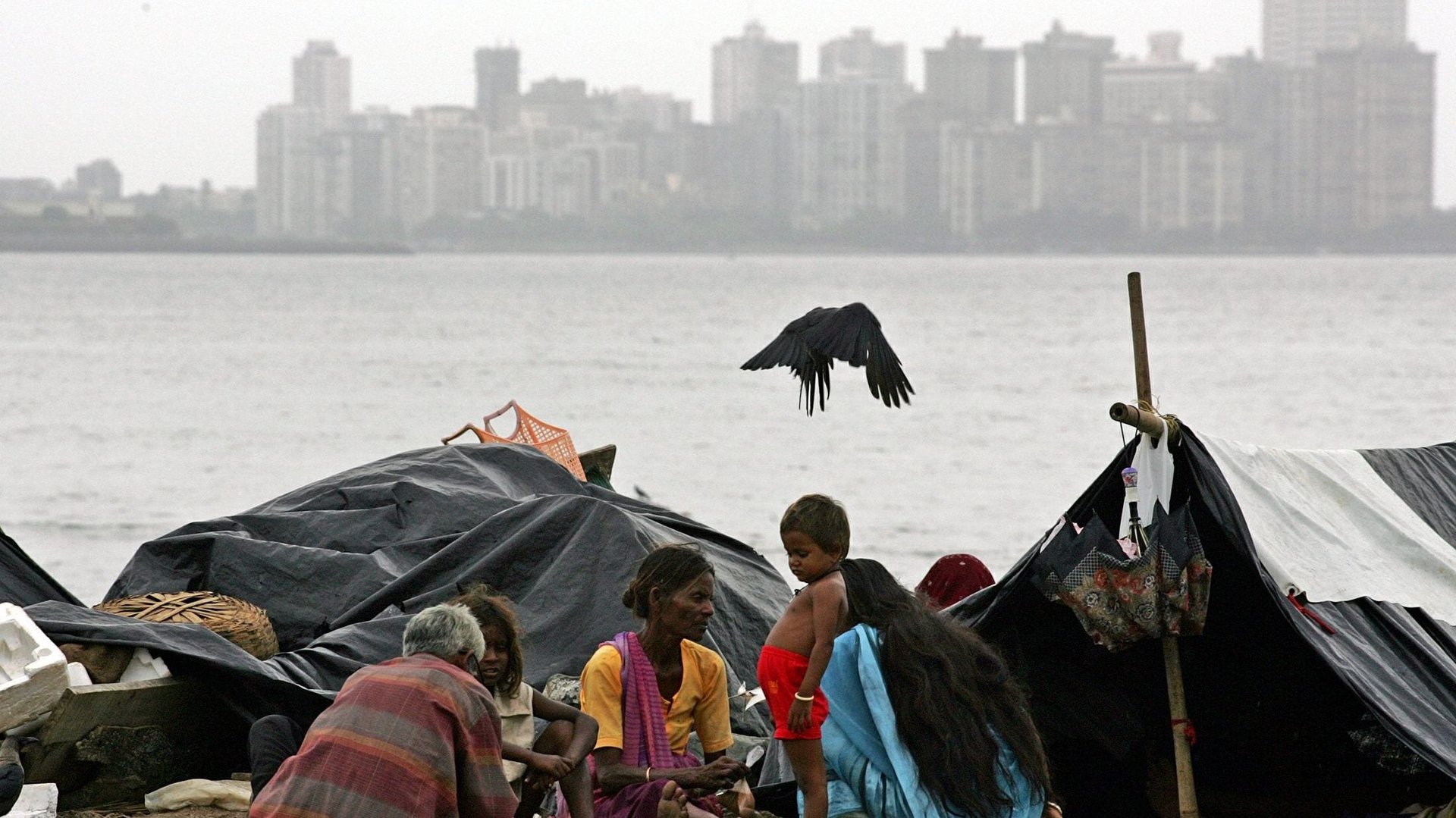India’s pulled at least 170 million people out of poverty since 1990
In a little over two decades, starting in 1990, India pulled the second-most number of people in the world out of poverty. And the country is not done yet, as until 2020, it will lead the pack with its stunning GDP growth numbers exceeding 7% annually.


In a little over two decades, starting in 1990, India pulled the second-most number of people in the world out of poverty. And the country is not done yet, as until 2020, it will lead the pack with its stunning GDP growth numbers exceeding 7% annually.
Despite reservations about the accuracy of its growth numbers, Asia’s third-largest economy is batting in the big league, according to a McKinsey Global Institute (MGI) report released today (Sept. 12). It is ranked among 18 “outperforming” emerging economies that have cumulatively lifted a billion people out of extreme poverty between 1990 and 2013.
MGI’s study involved a 50-year (1965-2016) analysis of 71 countries.
India made the second-biggest impact by pulling 170 million people out of poverty between 1990 and 2013, reducing the number of its citizens living in extreme poverty by 25%. During the same period, life expectancy in the country rose by more than a decade.
China topped the chart with 730 million people.
“Rising prosperity in these countries has also enabled the emergence of a new wave of middle and affluent classes with enough money to save and consume,” the MGI report stated. In India, the number of consuming-class households has risen 10-fold in 20 years, rising from 3.4 million in 1995 to over 35 million in 2016.
Besides pro-growth government policies, external factors like falling crude and other commodity prices have been pivotal in fuelling India’s economic expansion.
Growing, and how
Interestingly, big companies and a manufacturing boost are driving India’s growing GDP, like in the case of the other high performers. “Highly competitive businesses have also played a critical role,” Jonathan Woetzel, director of MGI and McKinsey & Company senior partner in Shanghai, said in a press release.
The 18 outperformers identified in the report have almost twice as many large firms (publicly listed ones with annual revenue of over $500 million) as other developing countries, adjusted for the size of the economies.
So clusters of innovation are popping up. For instance, the number of patents granted annually in Bengaluru, Beijing, and Shanghai grew more than twice as fast as in Silicon Valley, MGI found. In fact, around eight in 10 Chinese and Indian cities analysed increased their number of patents by double digits annually while just three in 10 US cities managed to do so.
Meanwhile, these emerging economy firms are also paying more attention to innovation, deriving 56% of their revenue from new products and services—eight percentage points above their peers in advanced economies—the survey showed.
“As China moves away from labour-intensive manufacturing and toward more R&D-intensive manufacturing, it is creating export opportunities for India, Vietnam, Indonesia, Uzbekistan and other emerging low-income economies,” the MGI report said.
China still captured 53% of the labour-intensive manufacturing exports among emerging markets in 2016 but its share dropped three percentage points since 2014 while India’s grew from 8.3% to 9%.
However, despite making notable strides, all is not well yet.
Two in 10 Indians still live in poverty and the middle class doesn’t live too far above it either. India’s GDP per capita is merely around $1,940 compared to the US’s $59,792. The country is still plagued by massive disparities between the rich and poor.